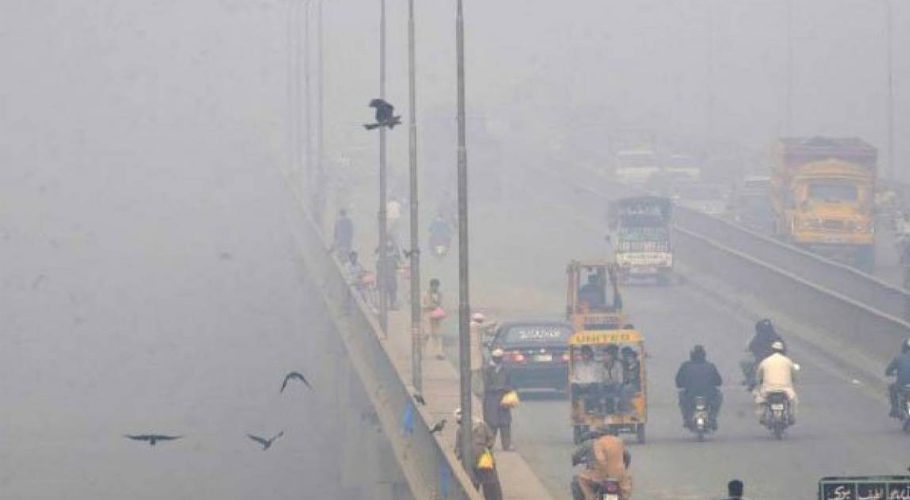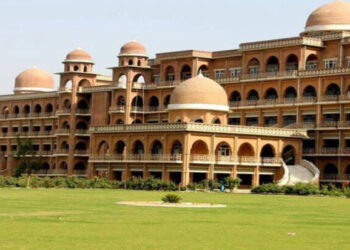Lahore, home to more than 11 million people, ranked first among top ten most polluted cities in the world on the Air Quality Index (AQI), it emerged on Saturday.
As per details, Pakistan’s second largest city Lahore has once again topped the daily ranking of the most polluted cities in the world, leaving authorities scrambling to fight the environmental crisis.
Lahore’s average air quality index value was 264, while Karachi stayed third on the list.
The largest reading on the index was recorded at the Garhi Shahu area in Lahore, while the reading at Gulbarg was 379. The Canal Road area’s air quality index was 419.
It should be noted that AQI readings between 150 and 200 are deemed unhealthy, those between 201 and 300 are more dangerous, and those over 300 are exceedingly dangerous.
The AQI calculation is based on five categories of pollution: ground-level ozone, particulate matter, carbon monoxide, sulfur dioxide, and nitrogen dioxide.

Lahore, capital of Pakistan’s Punjab province and home to more than 11 million people, repeatedly replaced New Delhi as the world’s most polluted city in December.
In recent days, a thick blanket of white smog has engulfed the cities in the province.
According to experts, the air becomes heavier in the winter as compared to summer, causing poisonous particles in the atmosphere to move downwards and making the atmosphere polluted. As a result, a layer of polluted particles, including large amounts of carbon and smoke, covers a city.
The smoke produced by factories and by burning coal, garbage, oil or tyres enters the atmosphere and the impact of it appears at the onset of winter and remains till the season’s end, experts said.
Pakistani authorities blame industrial emissions, smoke from brick kilns and vehicles, the burning of crop residue and general waste for being behind air pollution and smog in Lahore.
Pakistan is responsible for less than one percent of global carbon emissions but is among the top 10 most climate-vulnerable nations.
In 2019, the country launched a four-year program to plant 10 billion trees by 2023. The project has crossed the one-billion mark.

































